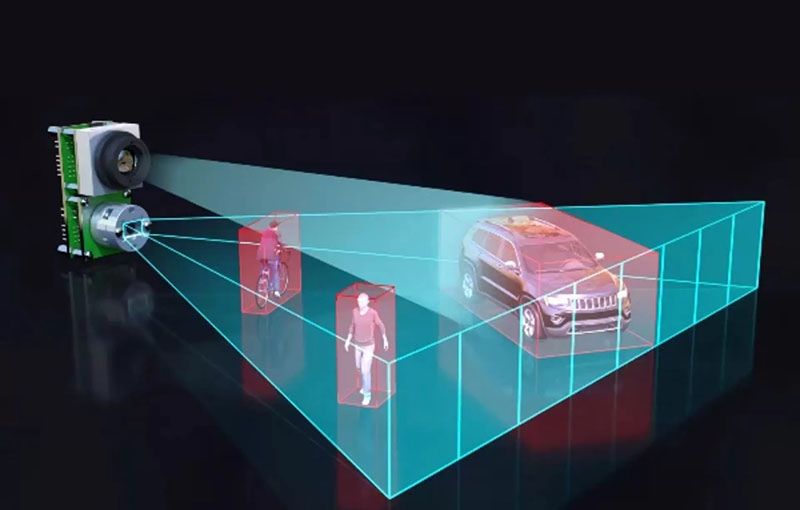Augmented Reality (AR) overlays digital information onto the real world, enhancing how we perceive and interact with our surroundings. LiDAR technology, with its ability to capture precise spatial data, significantly enhances AR experiences. This article explores the synergy between LiDAR and AR, highlighting its applications and future potential.

The Role of LiDAR in AR
LiDAR enhances AR by providing detailed 3D information about the physical environment. This data enables AR applications to accurately place digital objects and information within the real world, improving the realism and interactivity of AR experiences.
Applications of LiDAR-Enhanced AR
Navigation : AR navigation apps powered by LiDAR data can offer highly accurate and interactive directions. These apps can overlay navigation cues onto real-world views, making it easier for users to follow routes in complex environments.
Interior Design : LiDAR-based AR apps allow users to visualize how furniture and decor will look in their homes before making a purchase. By scanning a room with LiDAR, users can place virtual items in their actual space to see how they fit and look.
Education and Training : AR applications enhanced by LiDAR can create interactive learning experiences. For example, medical students can use AR to explore detailed anatomical models, or engineers can interact with virtual machinery overlaid on physical components.
Retail : In retail, LiDAR-enhanced AR can provide virtual try-ons for clothing or accessories. Customers can see how products will look on them or in their space, enhancing the shopping experience.
Maintenance and Repair : AR tools using LiDAR data can assist in maintenance and repair tasks by overlaying helpful information and instructions onto physical equipment. This approach simplifies complex procedures and improves accuracy.
Challenges and Future Prospects
While LiDAR-enhanced AR offers significant advantages, challenges such as cost, data processing, and privacy concerns need to be addressed. As technology advances, we can expect more affordable and sophisticated AR solutions that leverage LiDAR to provide even richer experiences.


